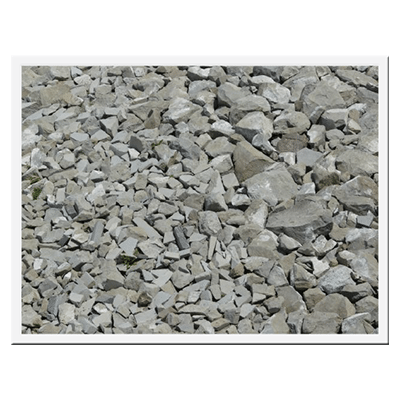
Much like the treatment standards for contaminated soils, contaminated debris also have alternative treatment standards which can be used in place of the waste code treatment standards. These alternative treatment standards (for contaminated manufactured items and environmental media of a certain size) can be found in section 268.45. The EPA created these alternative treatment standards for use with items like bricks, rocks, and industrial equipment because while they can be contaminated with hazardous waste they “may not be amenable to the waste code-specific treatment standards in §268.40” (EPA).
Depending on the type of debris and the waste it is contaminated with, waste handlers can choose from a few different types of treatment technologies. The EPA divided the different alternative treatment standards into three technological categories:
- Extraction – Physical, chemical, and thermal forms of extraction. Examples include abrasive blasting, water washing and spraying, and thermal desorption, among others.
- Destruction – Includes biological destruction, chemical destruction (such as oxidation or reduction) and thermal destruction such as incineration.
- Immobilization – Includes microencapsulation and sealing. (source)
When waste handlers use the alternative treatment standards they must be sure that the design and operating requirements set forth in §268.45 are met and that they treat for each hazardous waste contaminate or constituent. If the waste handler wants to land dispose of the waste they have to make sure that the debris meet the performance standards in Table 1, §268.45. The EPA provides the following example, “a contaminated boulder that is sandblasted to remove surface contamination must be treated to a ‘clean debris surface’ and at least 0.6 centimeters of the surface layer of the boulder must be removed.”
After the contaminated debris has been treated “according to the specification of one of these technologies (EPA),” waste handlers may land dispose of it. If, after treatment via extraction (like sandblasting) or destruction (like incineration), the debris no longer exhibits any hazardous waste characteristic it can be land disposed as nonhazardous or returned to the environment. If hazardous contaminated debris are treated via immobilization (microencapsulation, for example) the implementing agency must make the determination on whether it can be land disposed as nonhazardous.
EPA cited information for this blog post was gathered from the EPA document, “Introduction to Land Disposal Restrictions.” As always, this blog post is not intended to be comprehensive and it is always best to check with the EPA and local government for full, up-to-date, rules and regulations.
More News From Heritage
-
3/7/25
Celebrating Our Team: Employee Appreciation Shoutouts
Learn about how we celebrated Employee Appreciation Day
-
3/6/25
Accelerating Action: Celebrating International Women’s Day
Learn about how we're celebrating International Women's Day
-
2/21/25
Heritage Announces East Liverpool, Ohio 2025 Environmental Grant Program
Learn about our East Liverpool Ohio grant opportunity!
-
2/18/25
Heritage Environmental Services Announces James (Shelby) Marlow as Chief Financial Officer
Heritage Environmental Services announced today that James (Shelby) Marlow will join the organization as Chief Financial Officer.
-
1/31/25
January Community Engagement Initiative: Home/Work Energy Reduction
Learn about our January community engagement initiative
-
1/29/25
Heritage Environmental Services Announces Chris Ebeling as Chief Commercial Officer
Heritage Environmental Services announced today that Chris Ebeling will join the organization as Chief Commercial Officer.
-
1/28/25
Heritage Environmental Services Addresses Industry Challenges with New State-of-the-Art Shredder
Heritage Environmental Services announced a new state-of-the-art shredding unit.
-
1/7/25
Navigating e-Manifest: What You Need to Know About Hazardous Waste Compliance
Learn about the e-Manifest Third Rule changes that begin January 22, 2025







